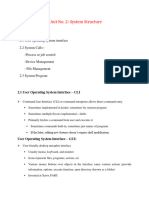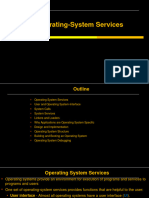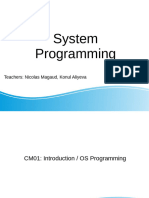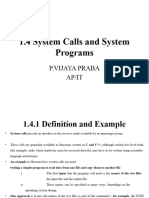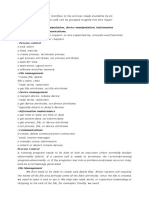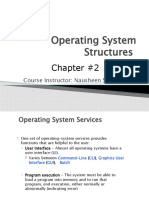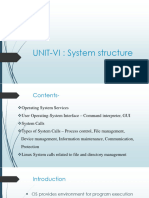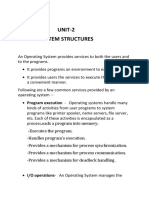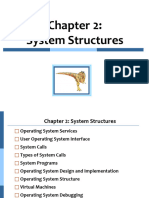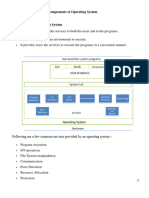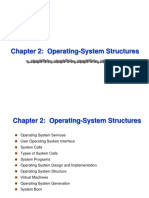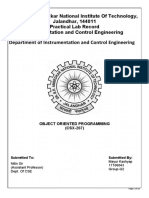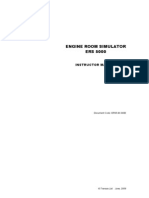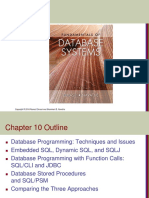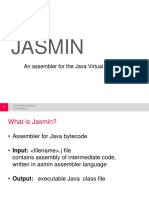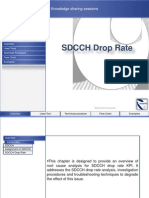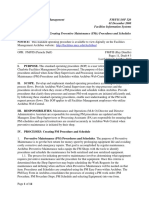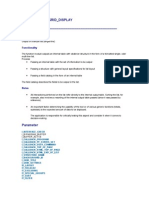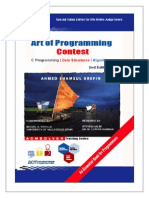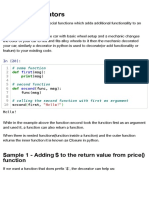0% found this document useful (0 votes)
180 views3 pagesSystem Calls and System Programs
The operating system controls all activity in the computer including login, disk usage, memory usage, CPU usage, and communication with other computers. Programs communicate with the operating system through system calls which require saving the computer's state and switching control to the operating system to perform the requested function before returning control. There are five basic system calls in Unix for file input/output: open, close, read, write, and lseek. System programs provide a convenient environment for development and execution including file management, status information, file modification, programming language support, program loading and execution, and communications.
Uploaded by
RajshreeCopyright
© © All Rights Reserved
We take content rights seriously. If you suspect this is your content, claim it here.
Available Formats
Download as DOCX, PDF, TXT or read online on Scribd
0% found this document useful (0 votes)
180 views3 pagesSystem Calls and System Programs
The operating system controls all activity in the computer including login, disk usage, memory usage, CPU usage, and communication with other computers. Programs communicate with the operating system through system calls which require saving the computer's state and switching control to the operating system to perform the requested function before returning control. There are five basic system calls in Unix for file input/output: open, close, read, write, and lseek. System programs provide a convenient environment for development and execution including file management, status information, file modification, programming language support, program loading and execution, and communications.
Uploaded by
RajshreeCopyright
© © All Rights Reserved
We take content rights seriously. If you suspect this is your content, claim it here.
Available Formats
Download as DOCX, PDF, TXT or read online on Scribd
/ 3
